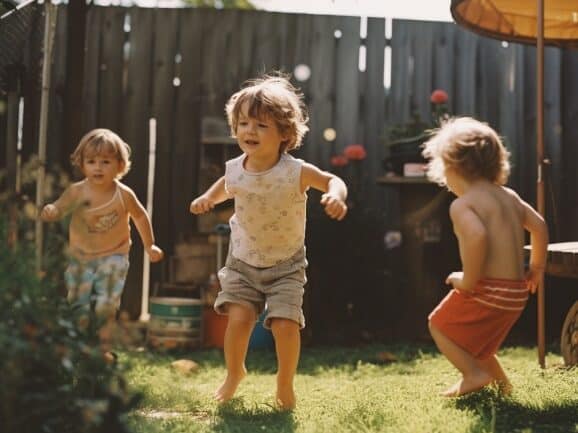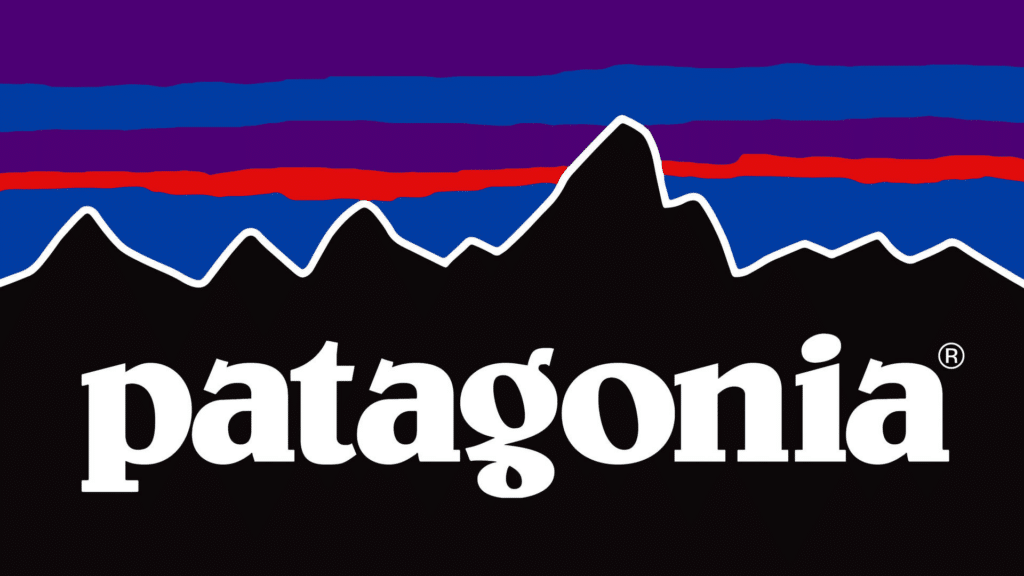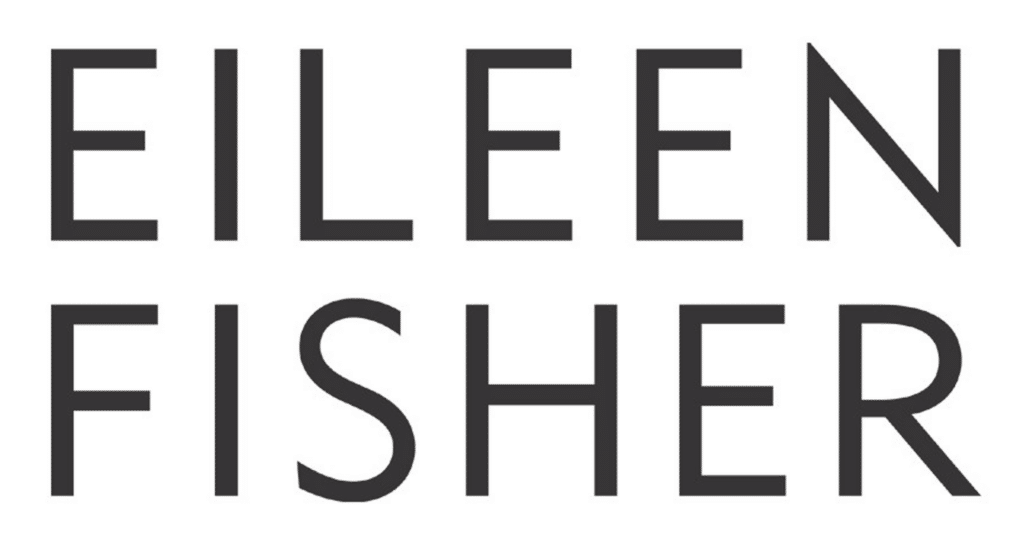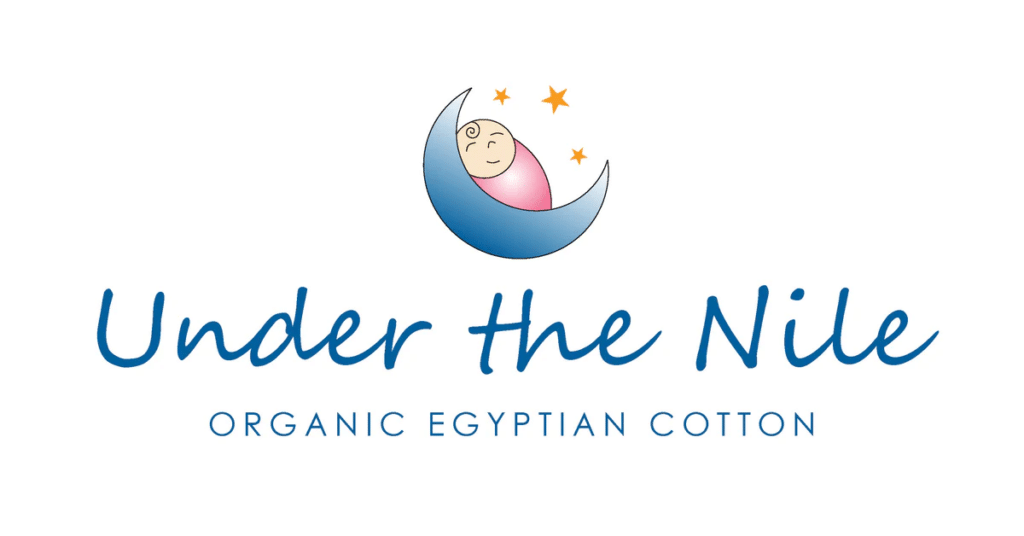Introduction – OEKO-TEX Clothing
ShrinkThatFootprint advocates for eco-living. OEKO-TEX emerged as a response to an increasing need for safety, transparency, and sustainability in the textile and clothing industry. Prior to its establishment in 1992, there was a lack of universally recognized standards to ensure that textiles were free from harmful substances. By providing a globally consistent, independent testing and certification system, the certification has enhanced consumer safety and allowed for greater transparency from brands.

Brands and manufacturers gain a unique market differentiator, evidencing their dedication to quality and conscientious practices. Thus, OEKO-TEX serves as a critical instrument in driving safer, more accountable practices in the textile industry.
The certification, however, doesn’t address the carbon intensity of textiles’ production, use, or disposal. For products concerned with environmental stewardship, OEKO-TEX offers another certification called MADE IN GREEN. This label ensures that the textile product has been manufactured using sustainable processes under socially responsible working conditions.
Understanding OEKO-TEX Clothing Certification
What is OEKO-TEX Standard 100?
OEKO-TEX is an internationally recognized textile certification system that evaluates textiles along the entire production chain to ensure they are free from harmful substances. The Standard 100 specifically examines textiles for the presence of toxic chemicals, such as lead, mercury, and allergenic dyes, ensuring that products are safe for human health and the environment.

Rigorous Testing and Independent Certification Process
To achieve the Standard 100 certification, textile manufacturers must undergo a rigorous testing process carried out by independent laboratories. Samples are tested for a wide range of harmful substances and must meet strict limits established by the OEKO-TEX Association. This guarantees that certified products meet or exceed international safety standards.
Why Choose OEKO-TEX Certified Clothing for a Sustainable Lifestyle?
Certified clothing benefits both consumers and the environment. By choosing eco-friendly garments, you can reduce your personal environmental impact, protect your health, and support socially responsible practices within the fashion industry.
Role of Conscious Consumerism in Sustainable Living
The Impact of the Fashion Industry on the Environment
In recent years, the fashion industry has been placed under the microscope for its considerable environmental impact. Textile production is responsible for high water consumption, greenhouse gas emissions, and harmful waste. By choosing OEKO-TEX certified clothing, consumers can actively contribute to a more sustainable fashion ecosystem.
Small Choices That Make a Big Difference: Selecting Eco-Friendly Apparel
From reducing microplastics in waterways to lowering overall waste, purchasing eco-friendly apparel can have far-reaching effects. Certified clothing ensures that the garments you wear are free from toxic substances, thus making a positive impact on both your health and the environment.
Supporting Brands That Prioritize Sustainability and Ethical Practices
By choosing OEKO-TEX certified clothing, consumers can support brands that engage in responsible manufacturing practices and prioritize human and environmental health. In turn, this can inspire other brands to adapt to more sustainable practices, ultimately driving widespread change throughout the fashion industry.
Safe and Sustainable Clothing Options for Environmentally Conscious Individuals
Patagonia

A well-known outdoor brand, Patagonia offers a range of OEKO-TEX certified garments designed for outdoor enthusiasts. Their responsible sourcing initiatives include using organic cotton and recycled materials, ensuring a reduced environmental footprint.
Eileen Fisher

The brand’s commitment to sustainability is reflected in its use of OEKO-TEX certified materials, such as organic cotton, TENCELª Lyocell, and recycled cashmere. Eileen Fisher’s garments are made with longevity in mind, an essential factor for eco-friendly wardrobes.
TENCEL™ Lyocell is worth mentioning: it is a versatile fiber derived from sustainably sourced wood. Created by the Austrian company Lenzing AG, the process of making TENCEL™ Lyocell involves an advanced ‘closed-loop system,’ where almost all of the solvent used to turn the wood into fiber is recycled. This makes it a highly sustainable choice.
People Tree

As pioneers of the slow fashion movement, People Tree crafts its clothing from eco-friendly textiles like Fairtrade certified organic cotton and TENCELª Lyocell. Many of the brand’s garments hold the OEKO-TEX Standard 100 certification, signifying safe and sustainable production.
OEKO-TEX Clothing for Children and Parents
Hanna Andersson

Beloved by many families, Hanna Andersson offers high-quality children’s clothes made from certified materials. Their garments are designed with comfort, durability, and safety in mind, providing peace of mind to parents.
Petit Bateau

Petit Bateau, a French brand specializing in children’s and baby clothing, is committed to creating clothing that is safe and sustainable. Their certification ensures that garments are gentle and safe against a child’s delicate skin.
Under the Nile

Under the Nile offers a wide range of organic and certified baby clothing and accessories. Using 100% organic Egyptian cotton, their products are soft, gentle, and ethically produced, making them an ideal choice for eco-conscious parents.
Egyptian cotton, known for its superior quality, is cultivated in the fertile soil along the Nile River. It is distinguished by its long staple fibers that yield extremely soft and durable threads, making it perfect for baby clothing and accessories. When woven, these threads result in a lightweight and breathable fabric that can stand up to frequent washings without losing its softness, a great attribute for any baby products.
Health-Focused Consumers and OEKO-TEX Clothing Choices
Benefits of OEKO-TEX Certified Clothing for Sensitive Skin and Allergy-Prone Individuals
Numerous people struggle with allergies and sensitivities related to chemicals in clothing and textiles. Choosing certified clothing can provide relief, as these items have been thoroughly tested for harmful substances that could potentially trigger reactions.
Brands That Prioritize Health and Well-Being
Pact

Pact specializes in organic and certified clothing for adults and children. With a focus on long-lasting, affordable, and sustainable garments, Pact allows health-conscious consumers to build eco-friendly wardrobes without breaking the bank.
Allergy Store

The Allergy Store offers a selection of certified clothing catered specifically to those seeking hypoallergenic garments. By ensuring that their products are free from allergenic dyes and other harmful chemicals, they are ideal for individuals with sensitive skin.
Conclusion – OEKO-TEX Clothing
Embracing OEKO-TEX certified clothing as part of an eco-friendly lifestyle goes beyond mere fashion. This choice reflects a commitment to preserving human health and the environment. By opting for certified clothing, consumers can make a lasting, positive impact and pave the way for a sustainable future.

Anne Lauer
Anna Lauer is a writer, gardener, and homesteader living in rural Wisconsin. She has written for Mother Earth News, Grit, and Hobby Farms magazines. Anna is writing a new book about growing your food for free and an ultimate guide to producing food at little to no cost. When she’s not writing or gardening, Anna enjoys spending time with her husband and two young daughters.
